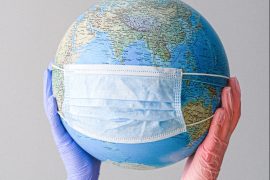Last year, a video of Naomi Campbell’s extensive airport routine went viral. Featuring washable seat protectors, masks, gloves, and a mountain of alcohol wipes, the internet mocked the model’s lengthy airplane disinfection process. But in a world brought to a grinding halt by coronavirus, this kind of regimen has become the new normal.
The outbreak of COVID-19 has impacted many industries, and travel is no exception. Countries across the world are gradually reopening their borders. With quarantines, social distancing, and hygiene precautions in place to contain the spread of the virus, travelers must carefully monitor the global situation.
We spoke to experts across the industry to find out what travel changes we should prepare for in the coming months after COVID-19’s peak, and what the future holds for the travel industry. Here are their five predictions on everything from travel hygiene to the environment.
1. Hygiene precautions and physical distancing are here to stay

The most visible travel changes after the initial COVID-19 outbreak have been hygiene and safety precautions. In London, hand sanitizer dispensers feature every few meters at train stations. Hotels in Spain are conducting temperature checks with thermal cameras. Back in April, Emirates Airlines began on-site testing for coronavirus. Oli Russell-Cowan, founder of action sports and adventure festival booking company Rad Season, predicts that social distancing measures and attendance caps will be the future of festivals and events.
“We will be seeing new and lasting norms – I don’t think travel will ever be the same again,” he said. “Where I’m based here in Lisbon, we’re opening up to events and smaller gatherings now.”
Russell-Cowan says that some venues are starting to run socially-distanced events using techniques such as capped attendance. Capped attendance is currently being trialed at theme parks and cinemas, with most venues operating at 50 – 75% capacity.
Russell-Cowan continues. “There are other events that we cover, for example running events and adventure sports events, where we’re looking at smaller numbers as well, between 500 and 1000 people”.
Sondre Rasch, CEO of travel medical insurance provider SafetyWing, agrees that “in the longer term, some of the new prevention habits will stick permanently, like the use of easily available hand sanitizer and better air filtration in planes”.
By taking strict precautions early on, Rasch predicts that maintaining hygiene standards will help airlines to recover.
“Airlines have taken excellent precautions in using the best practices for hygiene and protective equipment, which I find very encouraging. This will gradually make airlines seem less risky for potential travelers.”
READ: How to see the world’s best museums from home
2. Sustainability and thoughtful travel will be the ethos of the future
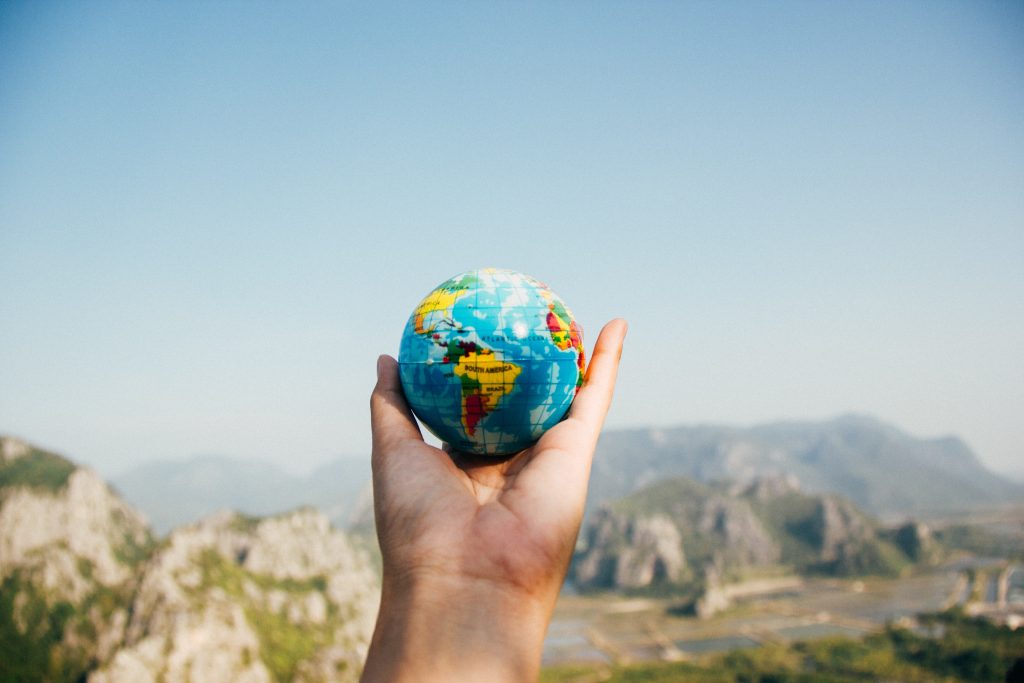
As global air pollution falls due to the reduction of road and air traffic during lockdown and cities create new cycle and pedestrian paths to curb the use of public transportation, it seems clear that changes to travel must rely even more on environmental sustainability.
Caroline Sande, founder of travel apparel and day trip brand TravelEatSlay and creator of the Black Travel Directory, notes that the pandemic has forced travelers to think carefully about how they spend money, including consideration of the environment and the ethos of businesses.
“People are considering their carbon footprint, how they’re going to give back to the community, and using their travel to feed back into the local economy.”
Thoughtful travel is also on Oli Russell-Cowan’s mind. Rad Season has noted that travelers are now examining how to best use their time and experiences at events.
“The days of just jumping on a cheap flight and not really thinking about the sustainability of travel and tourism are gone.”
Sustainable and responsible travel is not just obvious, but essential, according to Sophie Castelain, CEO and co-founder of eco-travel aggregator Holiable.
“For a few years now, we’ve seen that people are willing to travel more consciously. I think the pandemic has made people realize that we need to travel more sustainably.”
Whether it’s reducing the frequency or distance of travel or choosing a more sustainable travel option, such as taking the train over flying, Castelain believes that going forward, travelers want to do better.
“Choose eco-friendly hotels, or visit destinations where the environment is preserved and the heritage is protected.”
This desire to make a positive impact will extend not just to the environment, but to our fellow humans. “Travelers are willing to live more authentic experiences and contribute to the local economy and populations. There’s a true demand to support businesses that have sustainable and ethical practices. People will be looking to travel with companies that match their own lifestyle.”
3. We will be thinking globally and acting locally
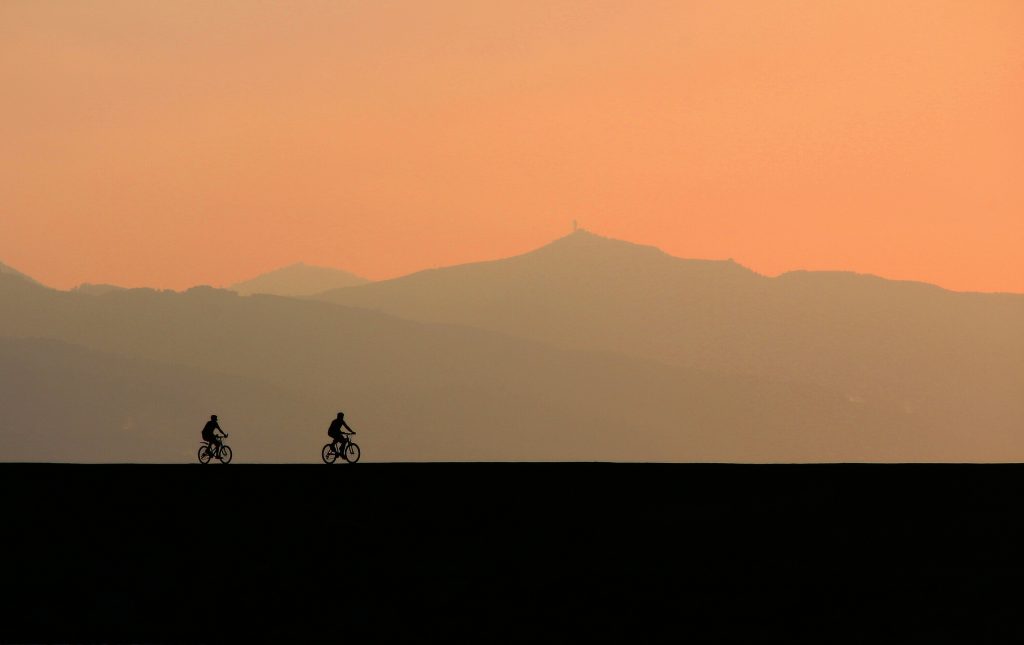
The economic impact of COVID-19 has been felt on a global scale. With layoffs, revenue losses, and emergency reimbursement schemes, many national economies have plunged into what the OECD is calling the most severe recession in nearly a century. Local economies have been hit the hardest, with small businesses and community ventures feeling the consequences. The future of travel will have to focus on the local and the independent, according to Caroline Sande.
“As lockdown lifts, I definitely think we will see a surge in domestic travel. Within online travel communities, everyone is now looking for ‘staycations’. Travelers are searching for places to explore in our hometowns or our countries.”
Using a holiday period for a ‘staycation’ in your local area could help boost the local economy by supporting local businesses and small providers.
“Especially on social media, I’m seeing increasing support for small brands and businesses. I was inspired through social media to create the Black Travel Directory. This is a way to give more visibility to Black brands and voices in the travel industry, which are not always heard.”
Encouraging people to consider both the local economy and the environment, Sande urges: “Before you think about jetsetting off to a new place, think about what you can experience in your own area.”
Sophie Castelain agrees that many in the world will be looking at ‘staycations’ for 2020.
“Here in France, studies revealed that people are planning to travel mainly within the borders this year. Some because they think it is safer, and others in a movement to support the local economy which has suffered from the lockdown.
“It’s a great occasion to rediscover the beautiful landscapes and the cultural heritage of our own lands. A lot of people will feel in need of nature after the restrictions we went through.”
France’s economy shrank by 6% in the first quarter of 2020, a report by Banque de France reveals. However, the country’s strict lockdown procedures may have saved 62,000 lives a month according to Prime Minister Édouard Phillippe. The nation is currently relaxing its lockdown rules, with parks and nature reserves reopened from the beginning of June.
“There will be a clear movement from people to choose to spend their holiday close to nature. This is an opportunity for eco-tourism regions and accommodation owners close to natural parks or hiking regions to attract visitors.”
READ: Off the beaten track things to do and see in Paris
4. Technology will be key to traveling safely
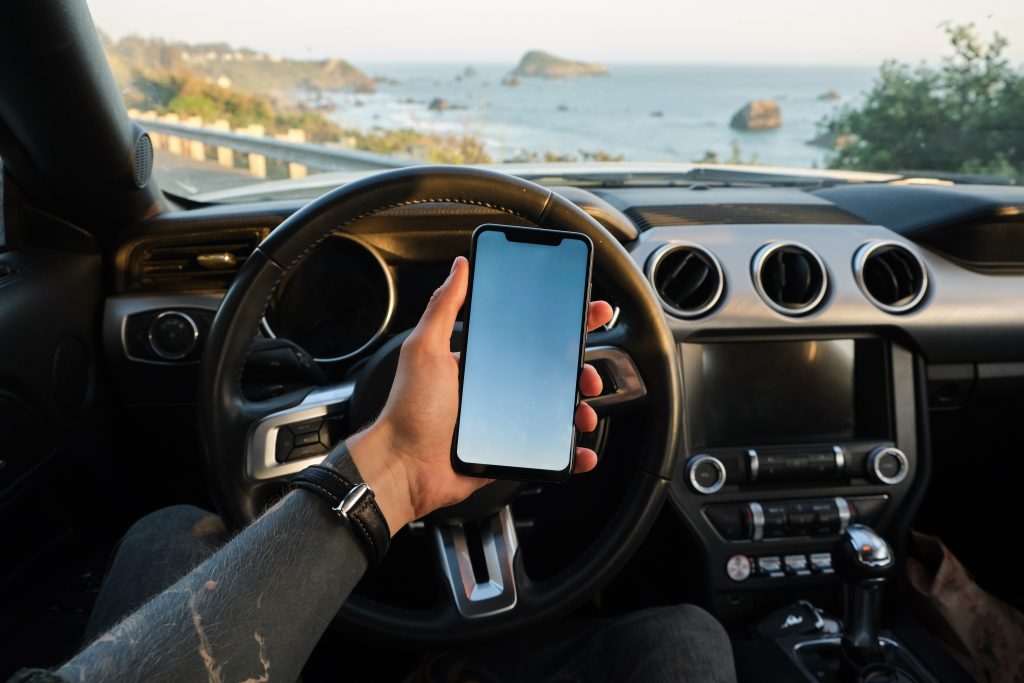
From the home classroom to the front lines, technology is essential to life in the time of coronavirus. With Zoom meetings, roll-outs of tracing apps, and 3D medical printing, the key to moving forward will be striking a balance between technological innovations and social responsibility, according to a European Parliament white paper. For travelers, digital initiatives will take on an increasingly significant role, from departure to destination.
Alexandra Frean, CEO of fintech bank Starling, expects that the future will see an increase in individual technologies, minimizing the need for human contact while traveling.
“We expect to see greater use of contactless technology, for example, at transport and accommodation check-ins. Use of robot baggage handlers will increase, and eventually, technologies such as self-driving cars.
“We will also see more use of VR and AR technologies for planning travel.”
Mastercard and Visa recently increased their contactless limits, encouraging users to make contactless payments more frequently and minimize the use of cash.
Frean continues, “People will use cash less often – or not at all – when they travel. We will also see a higher demand for bank accounts, such as Starling’s, which don’t charge for card payments or withdrawals on holiday.”
READ: Credit or debit cards: what’s the best choice for travel?
5. At the end of the day, travel will recover
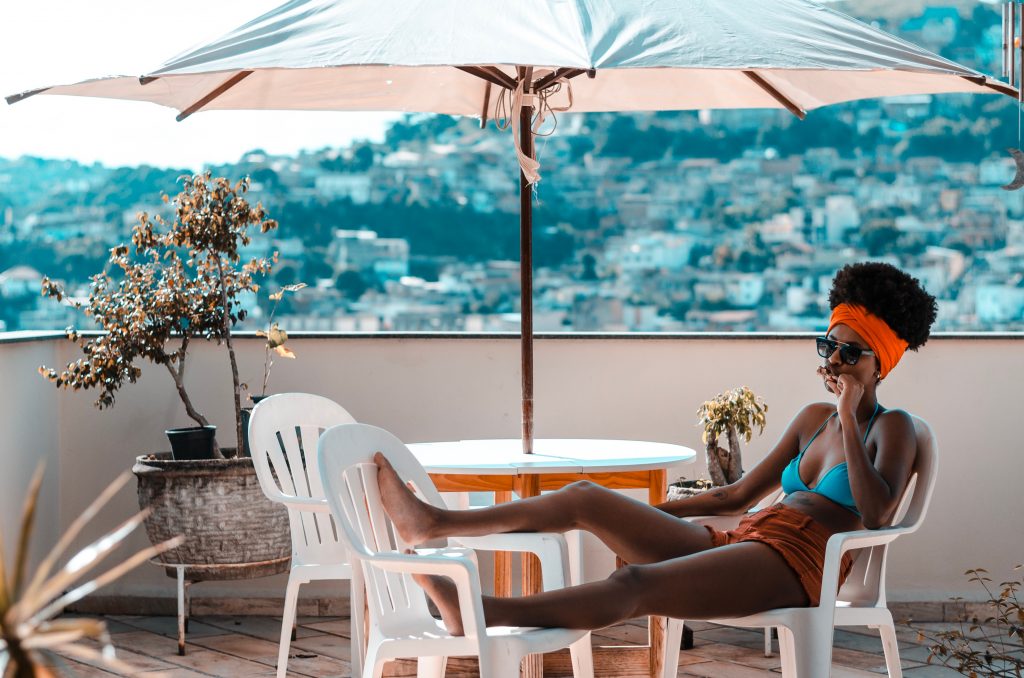
While international travel fell over 90% from March to April, since mid-April a steady increase has been observed. According to the International Air Transport Association (IATA), 2020 is expected to see around 2.2 billion passengers, down over 50% from 2019. As countries ease lockdown precautions, low-cost airlines such as Ryanair have launched flash sales in an attempt to recoup some losses. The summer travel season has seen an increase in flight bookings, though many remain apprehensive.
Sondre Rasch notes that travel “has been recovering quickly, although from a very low base. Growing several percents per day, it is now 5 times higher than it was at the bottom. At this rate, it will be back to pre-COVID in August.”
However, Rasch expects that, until a vaccine is widely available, this peak may flatten out again. The University of Oxford began human trials of a potential vaccine in April, while Imperial College London has begun trials this week. Globally, around 120 vaccine programs are under development.
Rasch remains hopeful. “The driving forces are reduced cost, globalization of relationships on the internet, and more people affording to travel. These I think will in the long-run supersede the negative effect from COVID. After a few years, we will see travel resume its upward trajectory past its previous peak.”


